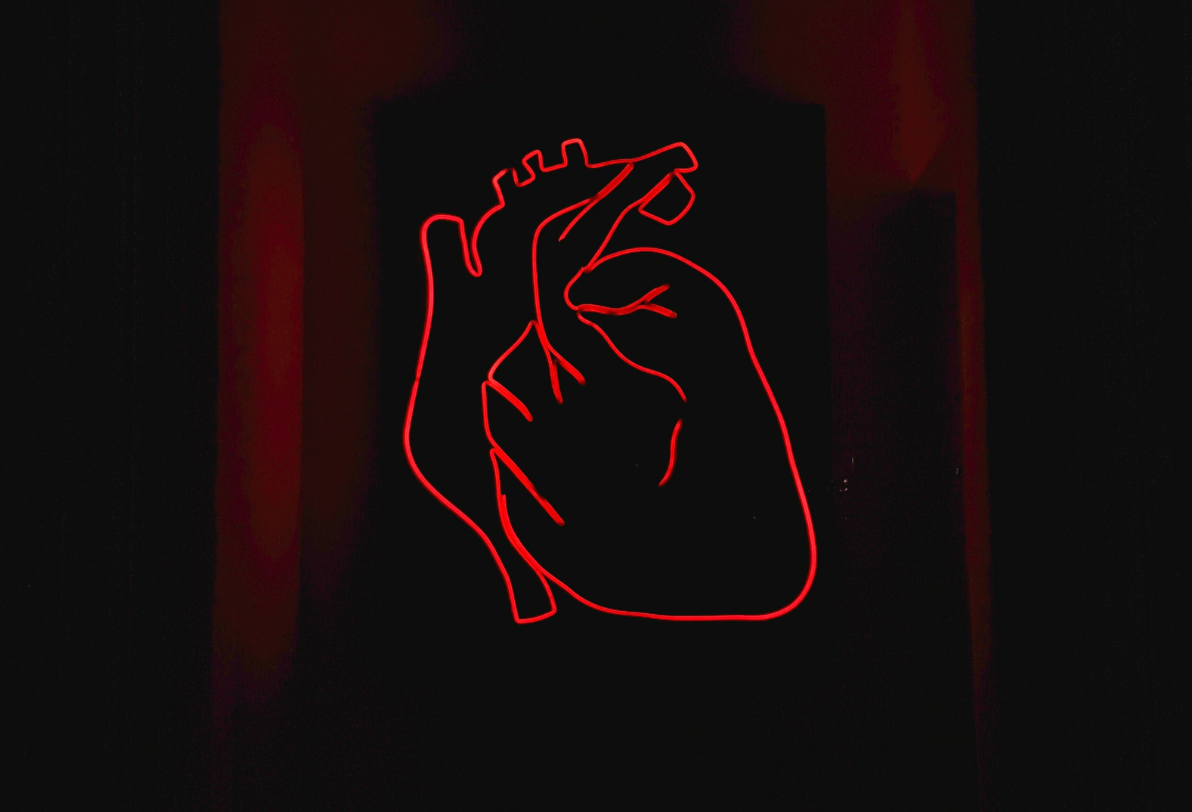Arrêt cardiaque : Démystifier les Idées Reçues (Partie I)

Chaque année en France, environ 50 000 personnes sont victimes d’arrêt cardiaque. Malgré cela, des idées fausses persistent autour de cette condition. Voici quelques-unes de ces idées reçues.
Idée reçue n°1 : « L’arrêt cardiaque et la crise cardiaque sont la même chose » – ❌ faux
Arrêt cardiaque et crise cardiaque ne sont pas synonymes, bien qu’ils soient souvent confondus, ils diffèrent significativement. L’arrêt cardiaque survient lorsque le cœur cesse de battre de manière soudaine ou bat de manière chaotique, résultant d’un problème électrique. Le cœur cesse d’envoyer le sang et l’oxygène vers le cerveau et les autres organes. À l’inverse, la crise cardiaque, aussi appelée infarctus du myocarde, se produit lorsque le flux sanguin vers une partie du cœur est interrompu, généralement à cause d’une obstruction des artères coronaires, mais le cœur continue généralement de battre. Il s’agit d’un problème circulatoire.
Symptômes et réaction
Les arrêts cardiaques surviennent généralement sans signes annonciateurs. Cependant, vous pouvez reconnaître une personne en arrêt cardiaque si elle présente :
- Une perte de conscience
- Une absence de respiration ou des mouvements respiratoires sont inefficaces, lents et bruyants
- Aucune réaction aux stimulations externes
Dans de tels cas, chaque seconde compte. Il est impératif de suivre la chaîne de survie pour maximiser les chances de survie de la victime : 1. Appeler, 2. Masser et 3. Défibriller.
Une crise cardiaque peut être précédée de symptômes tels que douleur thoracique, transpiration excessive, douleur au bras gauche (ou les deux), essoufflement, étourdissements ou nausées. Dès l’apparition des symptômes, appelez immédiatement les secours (SAMU le 15 ou le 112). Dans certains cas, une crise cardiaque provoque un arrêt cardiaque.
Idée reçue n°2 : « L’arrêt cardiaque touche uniquement les personnes âgées » – ❌ faux
Les arrêts cardiaques peuvent survenir n’importe où et toucher tout le monde, qu’il s’agisse d’hommes ou de femmes, de jeunes ou de personnes âgées, de sportifs ou de personnes peu actives.
Cependant, les arrêts cardiaques chez les enfants sont rares et surviennent le plus souvent à la suite d’asphyxies telles qu’une obstruction des voies respiratoires, une infection ou une maladie pulmonaire, une noyade, un étouffement ou un choc.
Bien que le risque d’arrêt cardiaque soudain augmente avec l’âge, il est essentiel de reconnaître que l’âge n’est pas le seul facteur déterminant.
En conclusion, démystifier ces idées reçues est essentiel pour mieux comprendre l’arrêt cardiaque, ses facteurs de risque et les mesures à prendre en cas d’urgence.
N’attendez pas d’être confronté à une situation d’urgence pour vous informer. La connaissance est la clé de la prévention et de la réaction efficace.
Dans notre prochain article, nous allons voir les idées reçues sur le massage cardiaque et les défibrillateurs.
Et vous, connaissez-vous d’autres idées reçues sur les arrêts cardiaques ?
